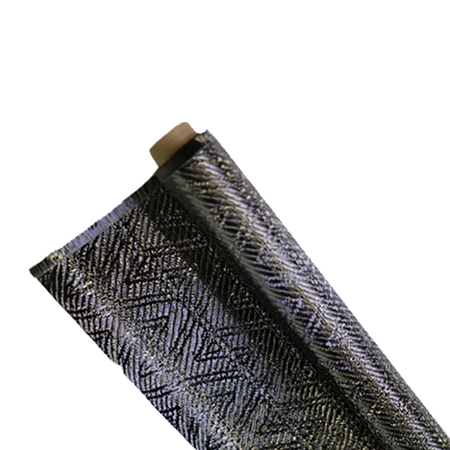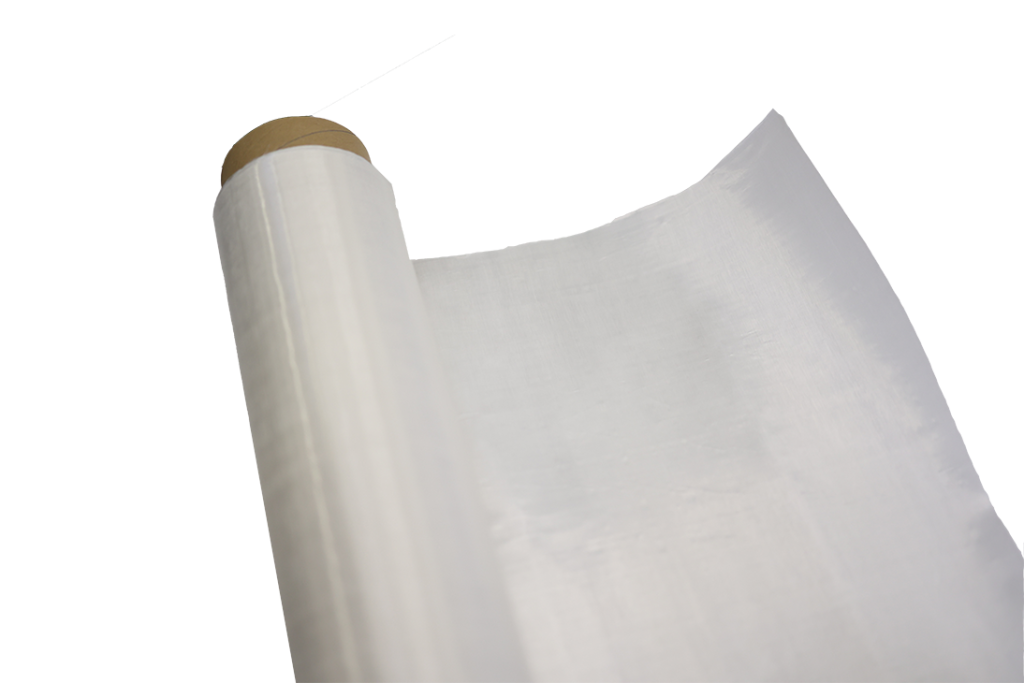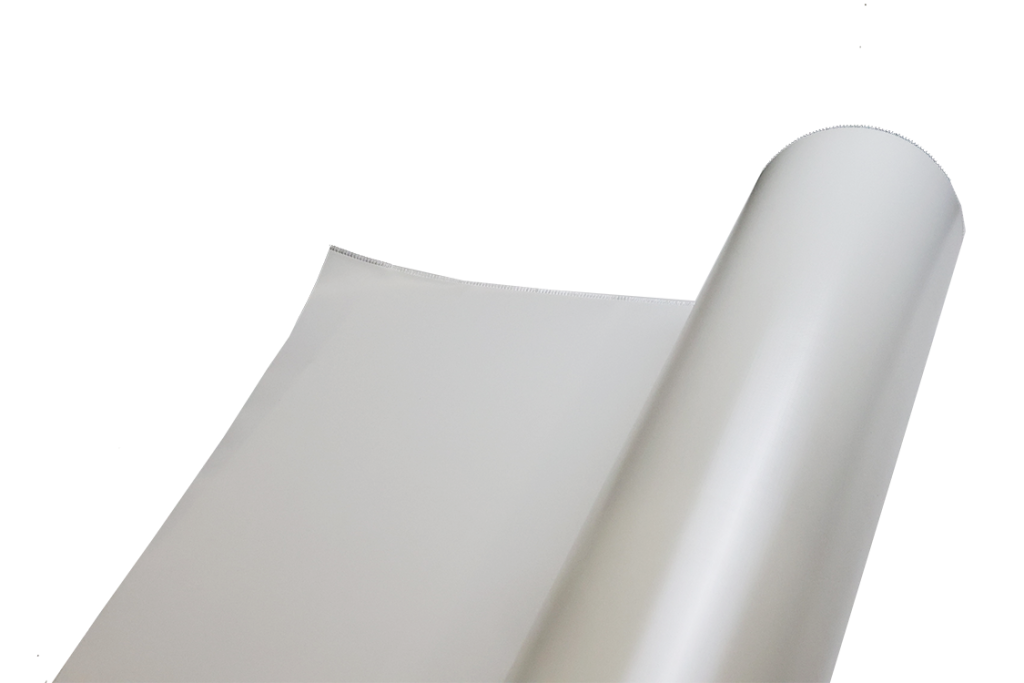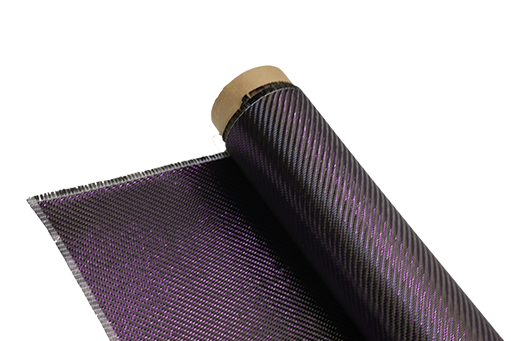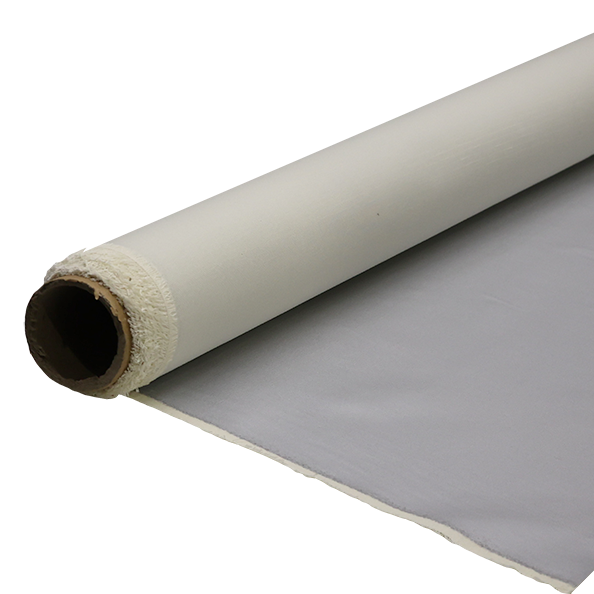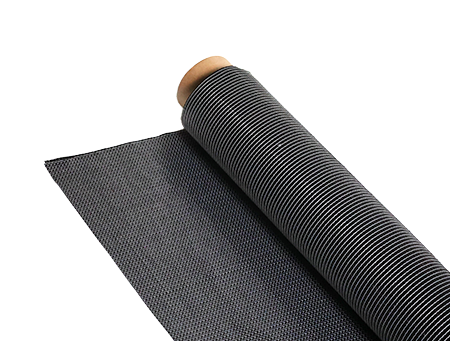Pruebe nuestro último sistema de resina por infusión al vacío
-
Tabla de contenido
“Experience Precision and Performance with Our Latest Vacuum Infusion Resin System!”
Introducing our latest Vacuum Infusion Resin System, a cutting-edge solution designed for composite manufacturing. This innovative system enhances the infusion process, ensuring optimal resin flow and saturation while minimizing air entrapment. Engineered for efficiency and precision, it allows for the production of high-quality composite parts with improved mechanical properties. Ideal for various applications, from aerospace to automotive, our Vacuum Infusion Resin System streamlines production, reduces waste, and delivers consistent results, making it the perfect choice for professionals seeking to elevate their composite fabrication processes.
Benefits Of Vacuum Infusion Resin Systems
Vacuum infusion resin systems have emerged as a revolutionary technique in composite manufacturing, offering a multitude of benefits that enhance both the efficiency and quality of production processes. One of the primary advantages of this method is its ability to produce high-quality composite parts with minimal voids and defects. By utilizing a vacuum to draw resin into a dry fiber preform, the system ensures that the resin thoroughly saturates the fibers, resulting in a more uniform distribution of materials. This uniformity not only improves the mechanical properties of the final product but also contributes to a more aesthetically pleasing finish.
In addition to enhancing product quality, vacuum infusion systems are also known for their efficiency in material usage. Traditional methods, such as hand lay-up, often lead to excess resin application, which can result in waste and increased costs. In contrast, vacuum infusion allows for precise control over the amount of resin used, thereby minimizing waste and optimizing material consumption. This efficiency is particularly beneficial in large-scale production, where even small reductions in material usage can lead to significant cost savings over time.
Moreover, the vacuum infusion process is inherently safer for operators compared to other resin application methods. The closed system design minimizes the exposure of workers to harmful volatile organic compounds (VOCs) that are often released during the curing process. This not only creates a healthier work environment but also aligns with increasing regulatory demands for safer manufacturing practices. As industries continue to prioritize sustainability and worker safety, the adoption of vacuum infusion systems becomes an increasingly attractive option.
Another noteworthy benefit of vacuum infusion resin systems is their versatility. These systems can be employed across a wide range of applications, from aerospace and automotive to marine and construction industries. The ability to work with various types of fibers, such as carbon, glass, and aramid, allows manufacturers to tailor their composite materials to meet specific performance requirements. This adaptability makes vacuum infusion an ideal choice for both prototyping and large-scale production, as it can accommodate diverse project needs without compromising quality.
Furthermore, the vacuum infusion process can significantly reduce curing times compared to traditional methods. By applying vacuum pressure, the resin is drawn into the fiber preform more rapidly, which accelerates the overall production timeline. This time efficiency is particularly advantageous in competitive markets where speed to market can be a critical factor in achieving business success. As manufacturers strive to meet tight deadlines, the ability to produce high-quality components quickly becomes a key differentiator.
In conclusion, the benefits of vacuum infusion resin systems are manifold, encompassing improved product quality, enhanced material efficiency, increased safety for operators, versatility across applications, and reduced curing times. As industries continue to evolve and demand higher standards of performance and sustainability, the adoption of vacuum infusion technology is likely to grow. By integrating this advanced method into their production processes, manufacturers can not only enhance their operational efficiency but also position themselves as leaders in innovation within their respective fields. Embracing vacuum infusion resin systems is not merely a choice; it is a strategic decision that can yield significant long-term advantages in an increasingly competitive landscape.
How To Optimize Your Vacuum Infusion Process
Optimizing your vacuum infusion process is essential for achieving high-quality composite parts while maximizing efficiency and minimizing waste. To begin with, understanding the fundamental principles of vacuum infusion is crucial. This process involves the use of a vacuum to draw resin into a dry fiber preform, allowing for a more controlled and uniform distribution of the resin. By mastering this technique, manufacturers can enhance the mechanical properties of their composites and reduce the likelihood of defects.
One of the first steps in optimizing your vacuum infusion process is to select the appropriate materials. The choice of fiber and resin plays a significant role in the final product’s performance. For instance, using high-quality carbon or glass fibers can improve strength and stiffness, while selecting a resin with suitable viscosity ensures better flow characteristics. Additionally, it is vital to consider the compatibility of the resin with the chosen fiber, as this can affect adhesion and overall structural integrity.
Once the materials are selected, the next step is to design an efficient layup schedule. This involves arranging the fiber layers in a manner that maximizes strength while minimizing weight. A well-planned layup not only enhances the mechanical properties of the composite but also facilitates better resin flow during the infusion process. It is advisable to conduct a thorough analysis of the part geometry and the required mechanical properties to determine the optimal fiber orientation and stacking sequence.
In conjunction with material selection and layup design, the vacuum system itself must be optimized. Ensuring that the vacuum pump is appropriately sized for the application is critical. An undersized pump may lead to inadequate vacuum levels, resulting in poor resin flow and potential voids in the final product. Conversely, an oversized pump can create excessive pressure differentials, which may cause the fiber preform to collapse. Therefore, it is essential to strike a balance by selecting a vacuum pump that meets the specific requirements of your project.
Moreover, the infusion process can be further enhanced by carefully managing the resin delivery system. Utilizing a well-designed infusion network, which includes strategically placed resin ports and vacuum lines, can significantly improve the flow of resin throughout the fiber preform. This design should minimize the distance the resin must travel, thereby reducing the risk of premature curing and ensuring a more uniform distribution. Additionally, incorporating flow media can help facilitate resin movement, allowing for a more efficient infusion process.
Temperature control is another critical factor in optimizing the vacuum infusion process. The viscosity of the resin is highly temperature-dependent; therefore, maintaining an appropriate temperature during infusion can enhance flow characteristics. Preheating the resin or the mold can reduce viscosity, allowing for easier and more uniform infusion. However, it is essential to monitor the temperature closely to avoid exceeding the resin’s pot life.
Finally, conducting thorough testing and quality control throughout the process is vital for ensuring optimal results. Regularly inspecting the infused parts for defects, such as voids or dry spots, can help identify issues early in the process, allowing for timely adjustments. By implementing these strategies, manufacturers can significantly enhance their vacuum infusion process, leading to improved product quality and operational efficiency. In conclusion, optimizing your vacuum infusion process requires a comprehensive approach that encompasses material selection, layup design, vacuum system management, resin delivery optimization, temperature control, and rigorous quality assurance. By focusing on these key areas, you can achieve superior composite parts that meet the demands of your specific applications.
Comparing Vacuum Infusion Resin Systems To Traditional Methods
In the realm of composite manufacturing, the choice of resin systems plays a pivotal role in determining the quality and efficiency of the final product. Among the various methods available, vacuum infusion has emerged as a superior alternative to traditional resin application techniques, such as hand lay-up and spray-up. This article aims to elucidate the distinctions between vacuum infusion resin systems and traditional methods, highlighting the advantages that the former offers.
To begin with, traditional methods often involve manual application of resin, which can lead to inconsistencies in the distribution and saturation of the composite materials. In contrast, vacuum infusion employs a more controlled process. By utilizing a vacuum to draw resin into a dry fiber layup, this method ensures uniform saturation and minimizes the risk of air entrapment. Consequently, the resulting composite exhibits enhanced mechanical properties and a more consistent finish, which are critical factors in high-performance applications.
Moreover, the efficiency of the vacuum infusion process cannot be overstated. Traditional methods typically require significant labor and time investment, as workers must meticulously apply resin and ensure proper curing. In contrast, vacuum infusion allows for a more streamlined workflow. Once the dry fibers are laid up and the vacuum is established, the resin is drawn in automatically, freeing up labor resources and reducing the overall production time. This efficiency not only accelerates the manufacturing process but also lowers labor costs, making it an attractive option for manufacturers seeking to optimize their operations.
In addition to efficiency, the environmental impact of the two methods warrants consideration. Traditional resin application techniques often result in excess waste, as surplus resin can be difficult to manage and dispose of properly. Conversely, vacuum infusion systems are designed to minimize waste by utilizing only the necessary amount of resin required for the specific application. This not only conserves materials but also aligns with the growing emphasis on sustainability within the manufacturing sector. As industries increasingly prioritize eco-friendly practices, the adoption of vacuum infusion technology can serve as a significant step toward reducing the environmental footprint of composite production.
Furthermore, the versatility of vacuum infusion systems enhances their appeal. While traditional methods may be limited in terms of the types of materials and geometries they can accommodate, vacuum infusion is adaptable to a wide range of applications. From marine and automotive components to aerospace structures, this method can effectively handle complex shapes and varying fiber types. This versatility allows manufacturers to explore innovative designs and applications that may not be feasible with traditional techniques.
In conclusion, the comparison between vacuum infusion resin systems and traditional methods reveals several compelling advantages that position vacuum infusion as a leading choice in composite manufacturing. The controlled application process, enhanced efficiency, reduced environmental impact, and versatility of vacuum infusion systems collectively contribute to superior product quality and manufacturing outcomes. As industries continue to evolve and demand higher performance materials, embracing advanced technologies like vacuum infusion will be essential for staying competitive. Therefore, manufacturers looking to improve their production processes and product quality should consider integrating our latest vacuum infusion resin system into their operations, ensuring they remain at the forefront of innovation in composite manufacturing.
Preguntas y respuestas
1. **What is the Vacuum Infusion Resin System?**
The Vacuum Infusion Resin System is a composite manufacturing process that uses vacuum pressure to draw resin into a dry fiber reinforcement, ensuring even distribution and minimizing air bubbles.
2. **What are the benefits of using this system?**
The benefits include improved laminate quality, reduced material waste, enhanced strength-to-weight ratio, and the ability to create complex shapes with a smooth finish.
3. **Is the system suitable for all types of composites?**
Yes, the Vacuum Infusion Resin System is versatile and can be used with various composite materials, including fiberglass, carbon fiber, and aramid fiber, making it suitable for a wide range of applications.The Try Our Latest Vacuum Infusion Resin System offers an innovative solution for achieving high-quality composite materials with enhanced efficiency and reduced waste. Its advanced technology ensures optimal resin flow and saturation, resulting in stronger and lighter finished products. This system is ideal for various applications, including aerospace, automotive, and marine industries, making it a valuable investment for manufacturers seeking to improve their production processes and product performance.

